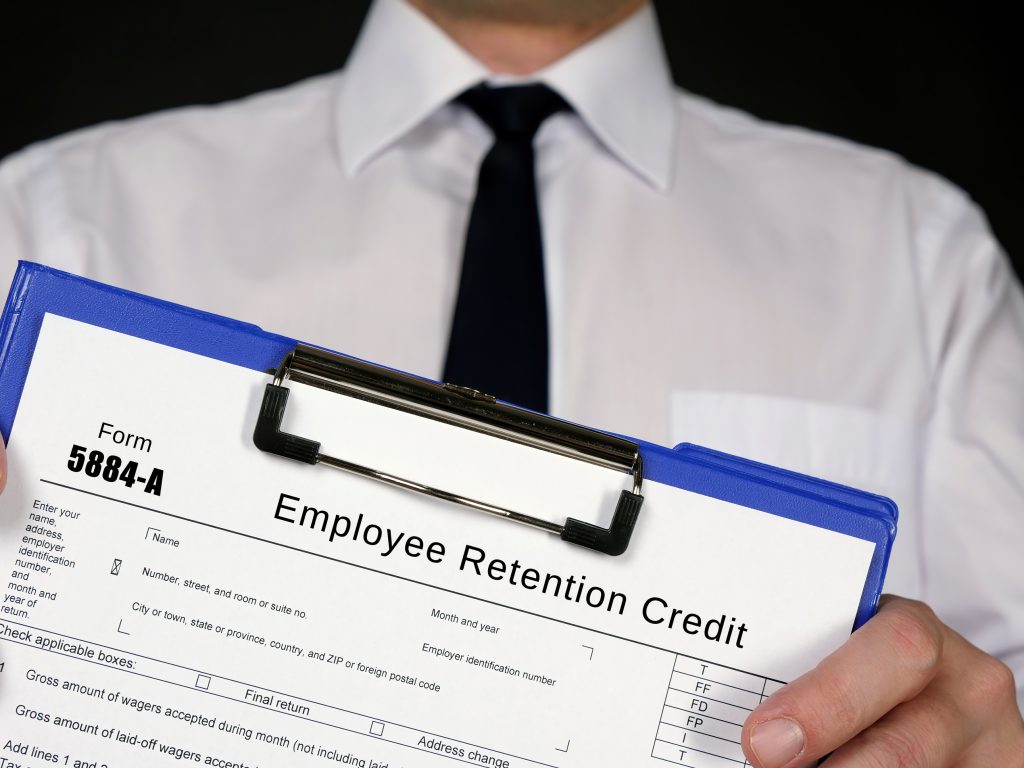Why So Many are Missing It

By: Catherine Tindall
The Employee Retention Tax Credit (ERTC) is one of the best ways for those in the beverage industry to regain their footing in a post-COVID age. Unfortunately, according to current estimates, many eligible businesses are missing out on this historic opportunity. For those who received or may otherwise be familiar with the Paycheck Protection Program, also known as the PPP, the concept is similar, but there are key differences that make the ERTC a much more generous program overall. To understand why I will outline some of the key provisions and eligibility parameters, explain the process for claiming the credit, and answer some common questions I encounter in my own practice, such as “why haven’t I heard of this before?”
The ERTC is a tax refund credit entitling employers to up to $26,000 per employee, depending on the number of quarters a business qualifies for. Eligibility is determined by either revenue disruptions or government orders on a quarterly basis. Many wineries are unaware that they are eligible for the ERTC due to the capacity and operation restrictions on their indoor dining and/or tasting rooms that occurred during the pandemic. Financial disruptions to that aspect of the business trigger ERTC eligibility for all the divisions of the winery, not just the restricted segment. We routinely see businesses qualify for six or seven-figure credits under these parameters.
There are a number of features that set this credit apart from other programs designed to aid businesses affected by the pandemic, like the PPP. Unlike the PPP, the credit itself comes back as paper checks from the IRS, and also unlike the PPP funds, which were restricted to certain uses, a business owner is free to use the ERTC however he or she sees fit. This is because the credit is actually a refund of wages and payroll taxes your organization has already paid. A consequence of this is that there is no overall program limit on the funds to be disbursed through the ERTC, in contrast to the PPP which had a limited fund pool. Businesses affected by government orders are entitled to every cent they qualify for. Taken together, all of these factors are what gives this program its power. The only limitation is time. This credit will begin to be phased out in April of 2023, meaning that business owners need to ensure they submit their claim as soon as possible.
Given the tremendous upsides, every business owner in the beverage space should try to see if their business qualifies, even if it seems doubtful. There is no need to become experts in the credit’s provisions, which can often be nuanced. The important thing is to find the right professional, and, to this point, one must be careful. There are unfortunately a lot of bad actors in this space looking to make a quick buck, and many of them are very good at seeming legitimate.
The following are some of the most asked questions associated with the ERTC.
Should I get a second opinion? Because of the substantial nature of these credits, it’s often worth speaking to multiple providers for the credit to get a sense of the relative merits of each, and to look to the expertise and experience of those working on your case rather than fancy marketing or smooth sales tactics.
Why haven’t I heard about this before? There are several reasons why many business owners have not heard of this important credit. One is that, in contrast to the PPP program, the ERTC has not been well advertised by the government (after all, since when did the IRS advertise refunds you’re entitled to). Another is that many tax practitioners are hesitant to pursue it given the sometimes complex nature of the claims if this isn’t their area of expertise. Finally, we commonly find that too many CPAs mistakenly believe that their clients do not qualify for the credit, and so never bring up the possibility of claiming it with them.
I would encourage all winery owners to explore eligibility actively. The potential benefits of qualification, hundreds of thousands of dollars in obligation-free money from the IRS, is one of the highest value things you could do for your business in the current environment of economic uncertainty.
There are certain pitfalls to avoid, such as dishonest companies operating in the space, but if you choose the right firm or professional to partner with, the process is remarkably painless. Just be mindful that this is an opportunity with a time limit attached. With less than a year before it begins to phase out, now is the time to claim the credit you’re entitled to.
About the Author
Catherine Tindall is Partner & CPA, Dominion Enterprise Services (DES), a full-service CPA firm providing tax planning and consulting alongside specialty tax credit processing. The firm has more than 50 years of collective experience and recently announced the launch of its Employee Retention Tax Credit (ERC) Division to help restaurants assess their eligibility for the ERC and properly secure the maximum refund allowed. Learn more at https://dominiones.com


